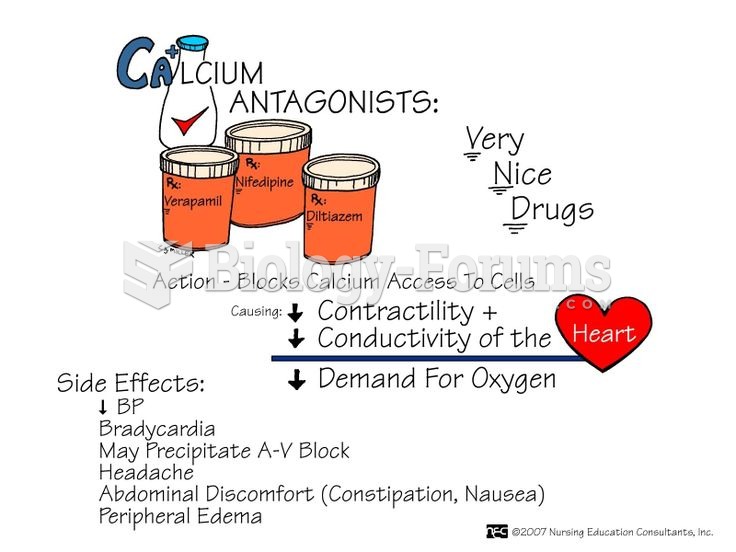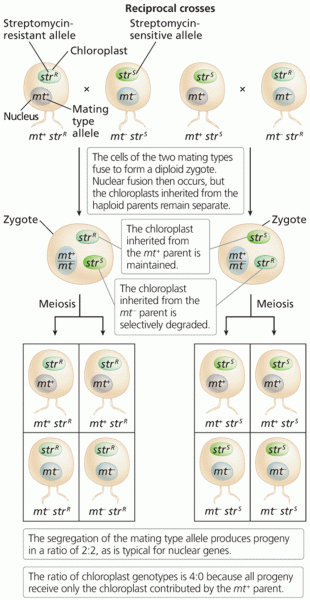Answer to Question 1
Correct Answer: 1,2,3,4
Rationale 1: L-type calcium channels are widespread in the cardiovascular system.
Rationale 2: L-type calcium channels are located in neurons.
Rationale 3: L-type calcium channels are located in endocrine cells.
Rationale 4: L-type calcium channels are located in sensory cells.
Rationale 5: L-type calcium channels are not located in the gastrointestinal system.
Global Rationale: L-type calcium channels are widespread in the cardiovascular system, neurons, endocrine cells, and sensory cells. L-type calcium channels are not located in the gastrointestinal system.
Answer to Question 2
Correct Answer: 2
Rationale 1: Peripheral edema is an adverse effect associated with amlodipine (Norvasc) but not with beta1-adrenergic antagonist drugs.
Rationale 2: Both drugs have a therapeutic effect of decreasing calcium influx into vascular smooth muscle and lowering blood pressure.
Rationale 3: Flushing is a common but not significant consequence of peripheral vasodilation caused by amlodipine (Norvasc).
Rationale 4: Constipation is an adverse effect of calcium channel blockers, but is not associated with beta1-adrenergic blockers.
Global Rationale: Both drugs have a therapeutic effect of decreasing calcium influx into vascular smooth muscle and lowering blood pressure. Peripheral edema is an adverse effect associated with amlodipine (Norvasc) but not with beta1-adrenergic antagonist drugs. Flushing is a common but not significant consequence of peripheral vasodilation caused by amlodipine (Norvasc). Constipation is an adverse effect of calcium channel blockers, but is not associated with beta1-adrenergic blockers.







